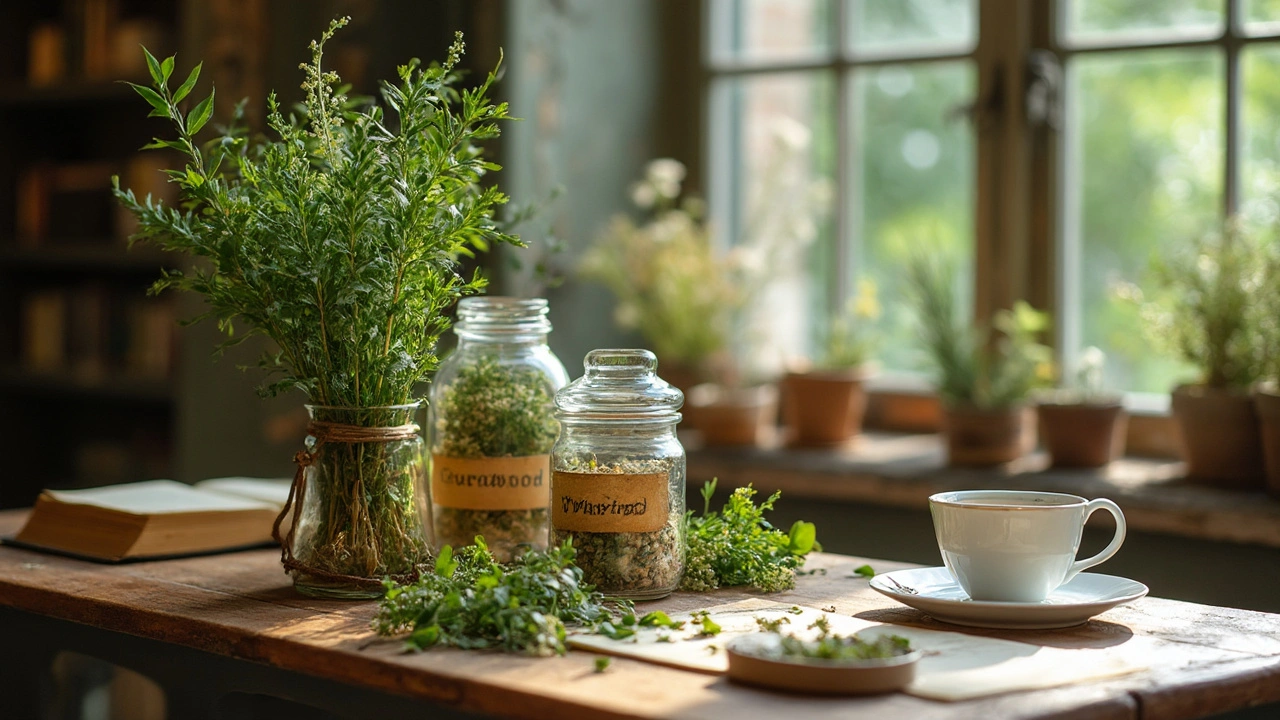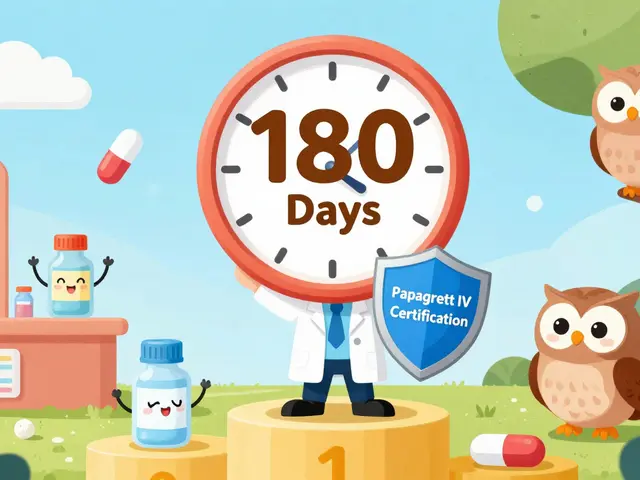Tansy: Practical Guide to Uses, Risks, and Safe Use
Tansy is a bright yellow flowering herb that people have used for centuries as an insect repellent, digestive aid, and folk remedy. You might see it listed as Tanacetum vulgare on herb labels or as tansy oil in aromatherapy products. Before you try it, know this: tansy contains thujone and other compounds that can be toxic in high doses. That means it can cause nervous system issues, liver stress, and even seizures if misused.
Traditional uses include treating stomach cramps, driving away bugs, and topical applications for minor aches. Some gardeners plant tansy near vegetables because its scent repels beetles and ants. In small, controlled amounts some people use dried flowers in teas or as a spice replacement, but that practice is risky.
Tansy comes as dried herb, capsules, tinctures, and essential oil. The essential oil is the most concentrated and the most dangerous to swallow or apply undiluted. There is no standard safe oral dose for tansy; historic herbal recipes used tiny amounts but modern safety data is limited. If you see precise dose claims online, treat them with caution.
Do not use tansy if you are pregnant or trying to conceive—tansy can stimulate the uterus. Avoid it for young children, people with epilepsy, or anyone with liver disease. Stop using tansy and call a doctor if you get dizziness, tremors, stomach pain, jaundice, or unusual bleeding.
Tansy can interact with blood thinners and drugs that affect the liver. It may also increase sedation when taken with sleep aids or alcohol because of central nervous system effects. Tell your healthcare provider if you plan to use tansy along with prescription drugs.
For skin use, always do a patch test on a small area first. Dilute essential oil heavily in a carrier oil and never apply to broken skin or near the eyes. Some people get allergic contact dermatitis from tansy, which looks like redness, itching, or blisters.
Buy tansy products from reputable suppliers with clear labeling and ingredient lists. Avoid homemade tinctures unless you trust the maker and they follow safe preparation methods. If you want insect repellent, consider proven options like DEET or oil of lemon eucalyptus rather than ingesting herbs.
If you are curious about using tansy therapeutically, ask a pharmacist, herbalist, or doctor who knows about herb-drug interactions. Use a conservative approach: topical use or gardening are lower-risk than eating or drinking tansy. Respect the plant—its history is interesting, but modern safety rules matter more.
Quick tips
always read labels, start with tiny topical amounts, and never use essential oil internally without expert guidance.
Recognize overdose signs: confusion, severe nausea, vomiting, rapid heartbeat, tremors, or seizures require immediate medical help.
Research is limited. A few case reports and animal studies show neurotoxic risks from concentrated thujone exposure, so modern herbalists avoid internal use.
If you use other herbs or supplements, list them for your clinician to prevent interactions and liver overload.
When in doubt, choose safer, proven herbal alternatives like chamomile or peppermint for digestion safely.




